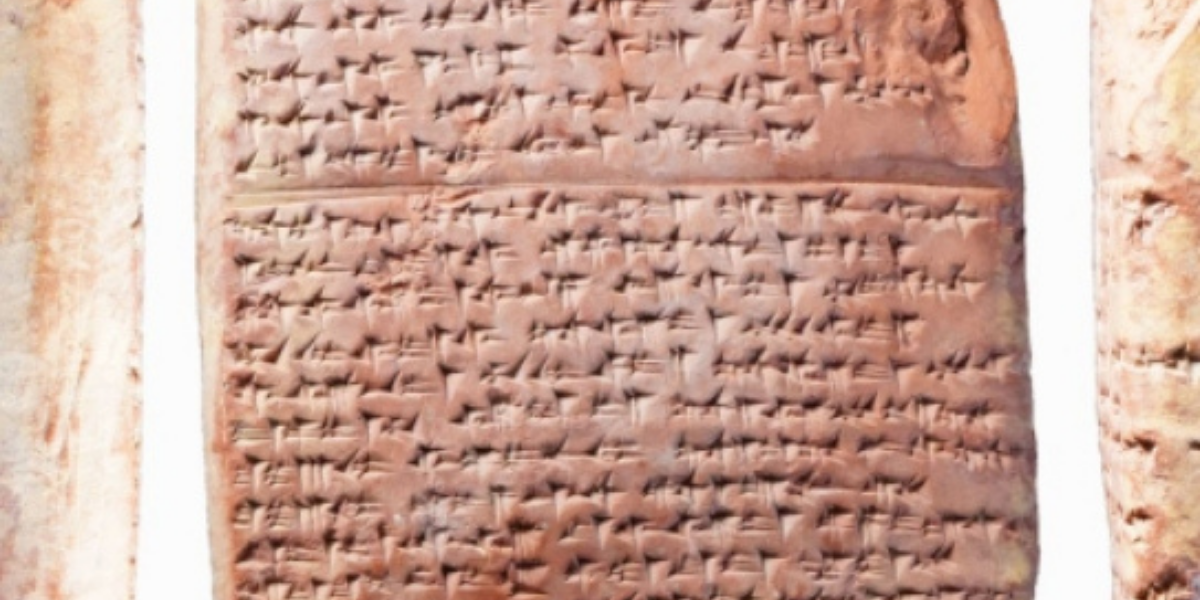
Kalašma, the lost language of Anatolia, decoded
A tablet found during excavations in Hattuša (today’s Boğazkale), the capital of the Hittite State, in 2023 revealed the existence of a lost language, Kalašma. According to scientists, Kalašma was used by a people named Kalašma who lived in the vicinity of Gerede district of Bolu province in modern-day Türkiye. “These texts show that Anatolia
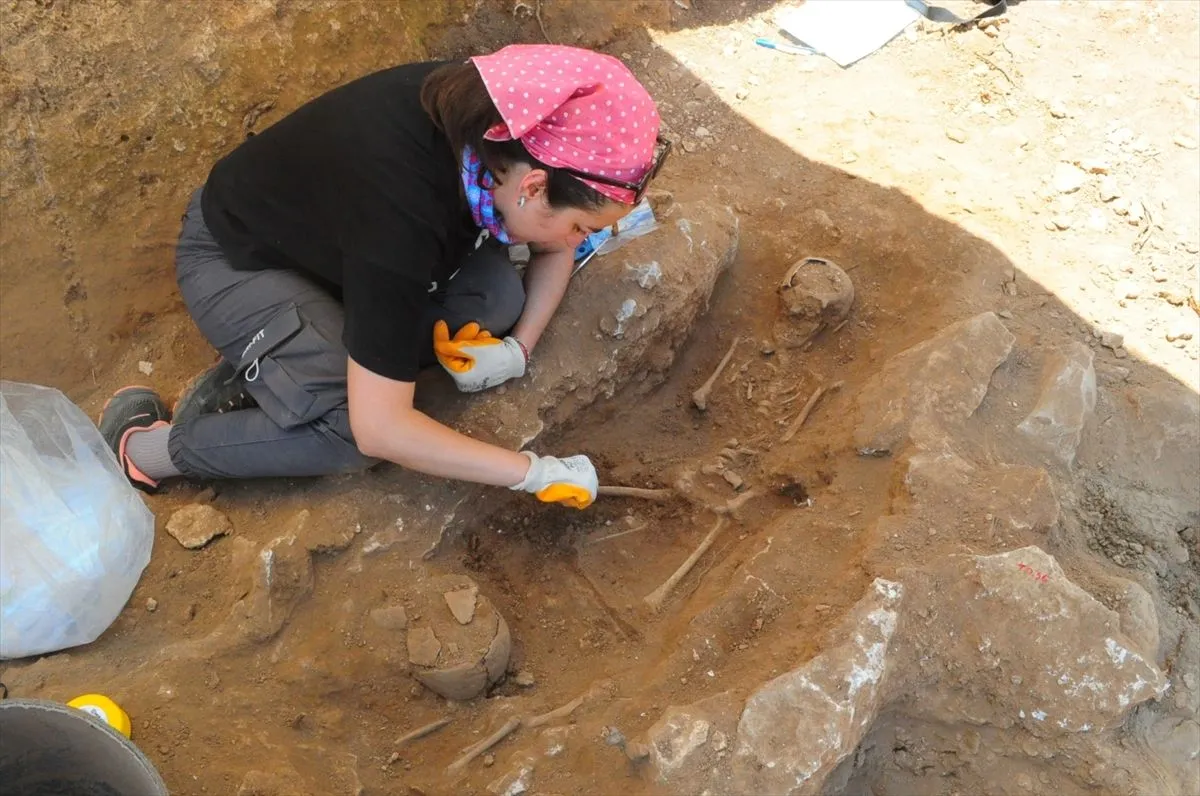
The number of graves in the children’s cemetery unearthed during archaeological excavations in Diyarbakır has increased to 60
Last year, 54 graves of children between the ages of 0-6 were unearthed during archaeological excavations in an area thought to be an old quarry in Diyarbakır’s Kulp district. In this year’s excavations, archaeologists uncovered 6 more graves, bringing the total to 60 graves. Following the discovery of coins from the Byzantine Emperor Anastasius I
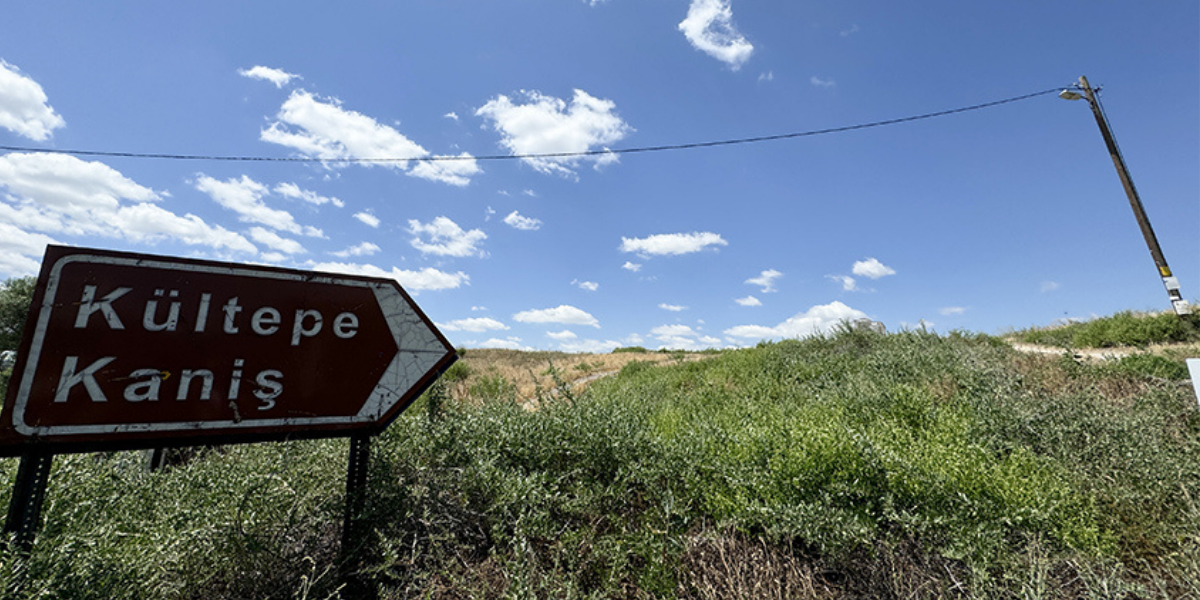
Traces of the mega-drought that is thought to have caused the fall of the Akkadian Empire will be investigated in Kültepe
In Kültepe, traces of a mega-drought, thought to have played a role in the collapse of the Akkadians, the first ancient empire founded in Mesopotamia after the fall of the Sumerian civilization, will be investigated. Kültepe/Kanesh is known as the place where written history began in Anatolia. It is one of the most important karums

Fire in Çanakkale also affected Assos Ruins and Athena Temple
Extreme heat and people’s carelessness have caused fires in many parts of Türkiye. The fire that broke out in a maquis area in Çanakkale also affected the ruins of Assos and the Temple of Athena. The fire destroyed an area the size of 43 football fields. According to the news of Sözcü, a fire broke
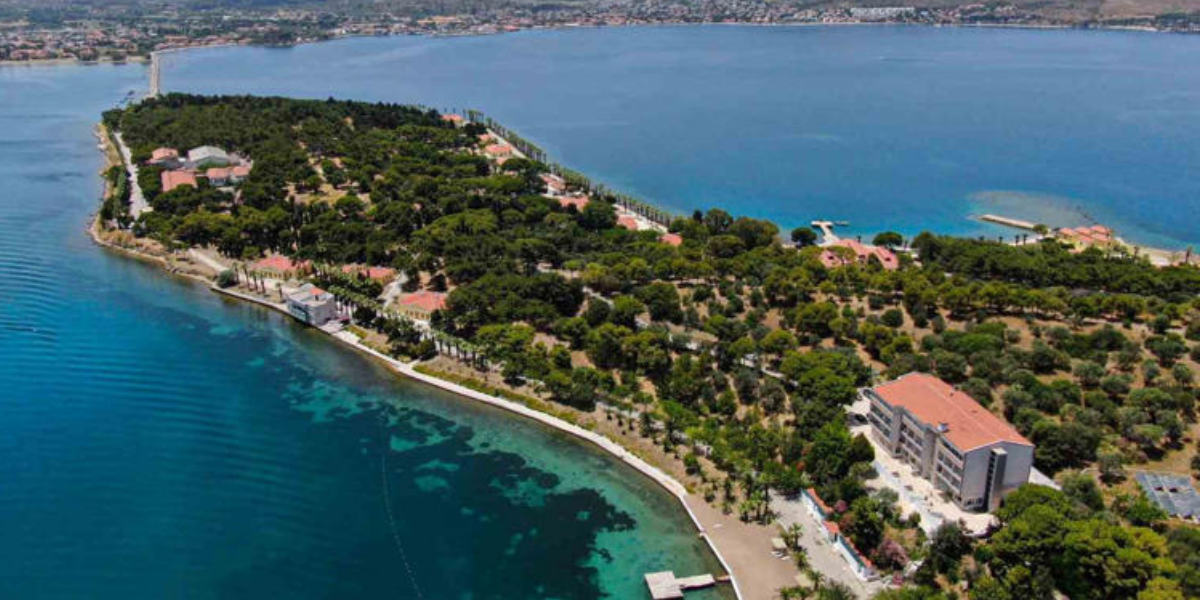
Quarantine Island, which was established during the Ottoman period to prevent infectious diseases, was restored
The Quarantine Island, which was established in Urla district of Izmir during the Ottoman period to prevent infectious diseases, was restored for the first time in 155 years. Quarantine Island, which started to serve in 1869, was established on an area of 323 acres. Today, the island is protected as a 1st degree archaeological site.
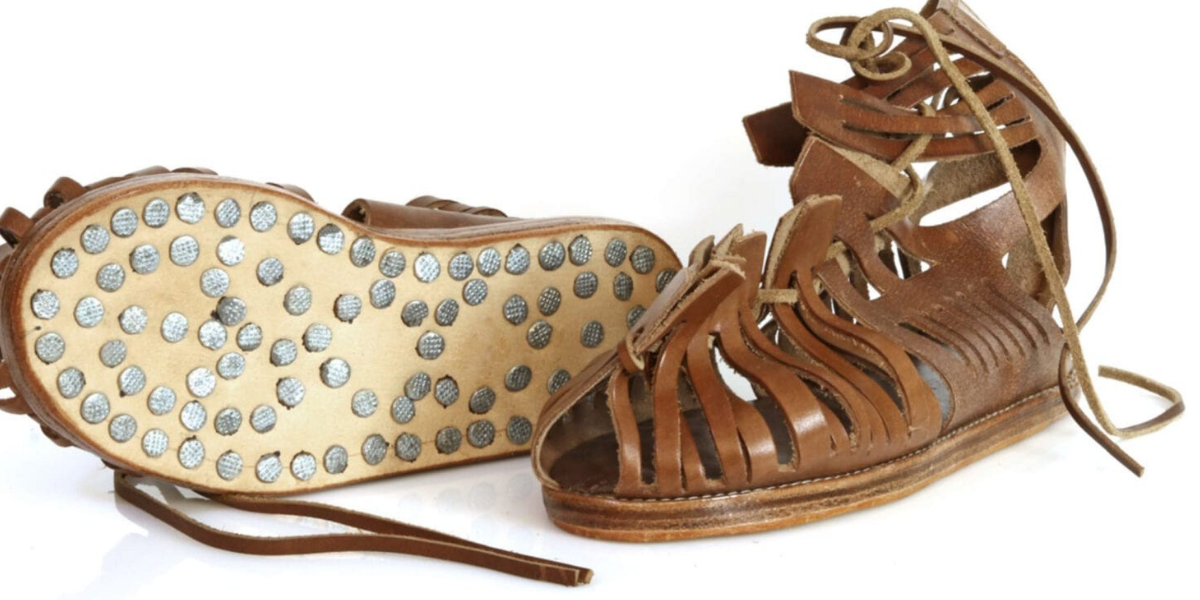
Archaeologists discover 2,000-year-old studded Roman military sandal in Germany
Archaeologists have discovered the remains of a 2,000-year-old studded Roman military sandal near an auxiliary Roman camp in Germany. Archaeologists from the Bavarian State Office for Monument Protection uncovered the military-style sandal while excavating a civilian settlement on the outskirts of a Roman military fortress near Oberstimm. According to a translated statement from the Bavarian

Divriği Great Mosque may have been built according to the constellation Orion
Divriği Great Mosque, a UNESCO World Heritage Site, may have been built according to the constellation Orion. Divriği ulu Mosque, located in Divriği district of Sivas province, is a unique Anatolian Seljuk period work with its historical, architectural, artistic and cultural features. The work was built by the Mengücekliler principality. It was claimed that Divriği
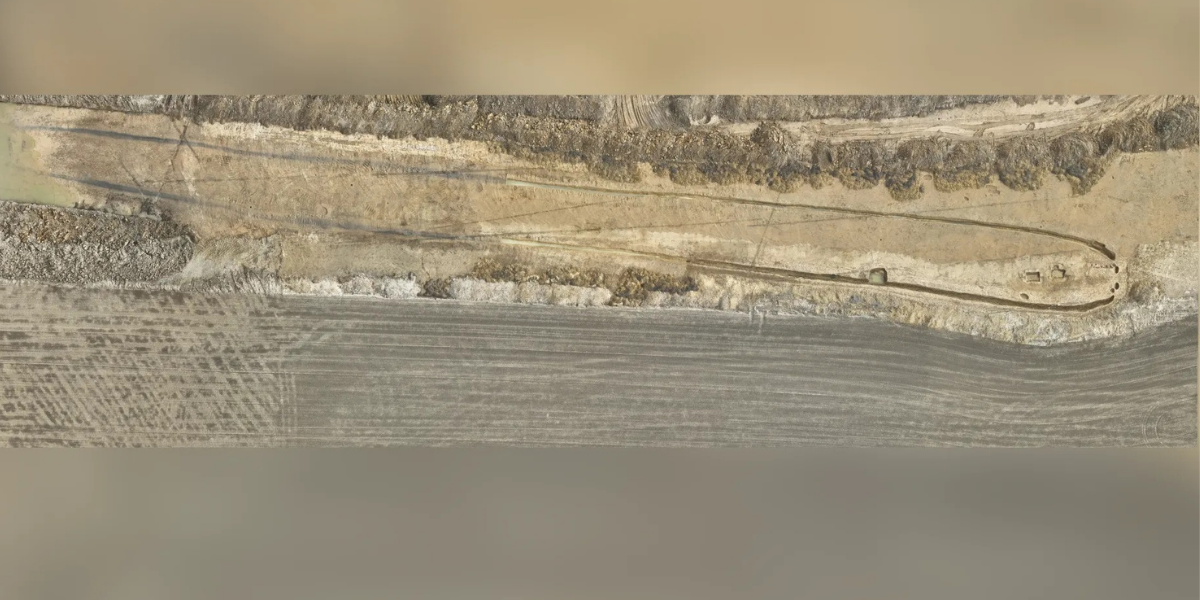
One of Europe’s largest burial mounds found in the Czech Republic
The largest burial mound of its kind, 5300 years old, was unearthed during a highway construction project in the Czech Republic. Czech archaeologists have described the burial mound as one of the largest of its kind in Europe. The discovery was announced on June 19 on the Facebook page of the Department of Archaeology at
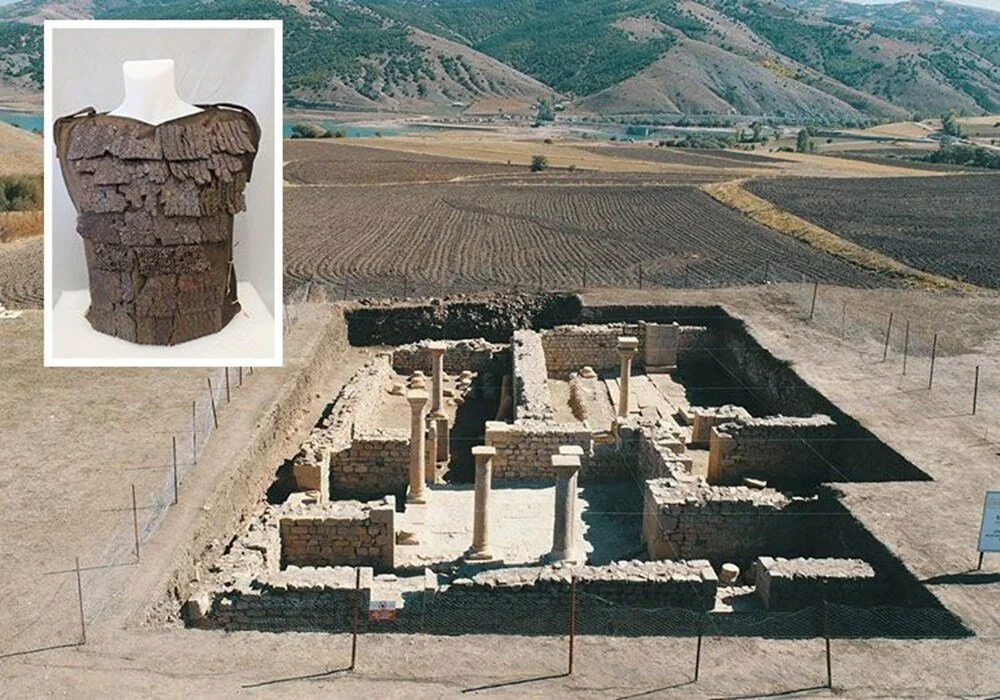
Restoration of the only known Roman Lorica Squamata model armor in the world completed
The restoration of the only known Roman Lorica Squamata model armor in the world, discovered 4 years ago during the excavations of the ancient city of Satala, has been completed. According to the statement made by the Ministry of Culture and Tourism, a Roman legionary armor, “Lorica Squamata”, was found in the ancient city of
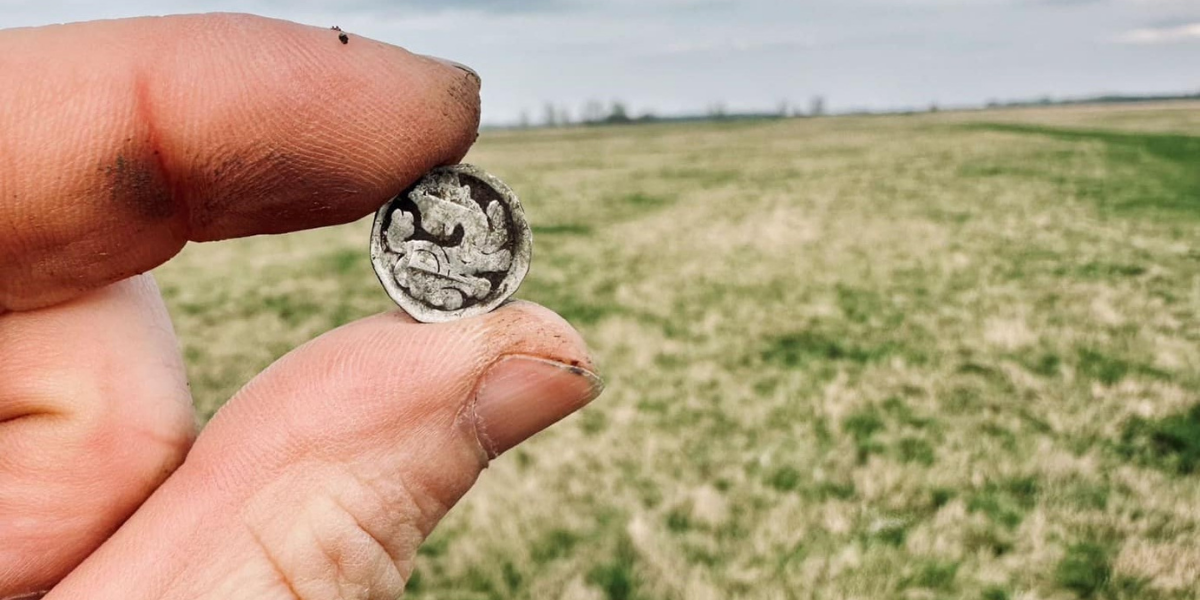
Hungarian archaeologists unearth a 600-year-old silver communion set
During archaeological excavations near Lake Tisza, experts from the National Institute of Archaeology at the Center for Public Collection of the Hungarian National Museum found a 14th-century silver sacrificial set held between fingers and a small fortune hidden in the ground. Last year a unique cultural heritage was discovered near Lake Tisza, the remains of
